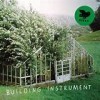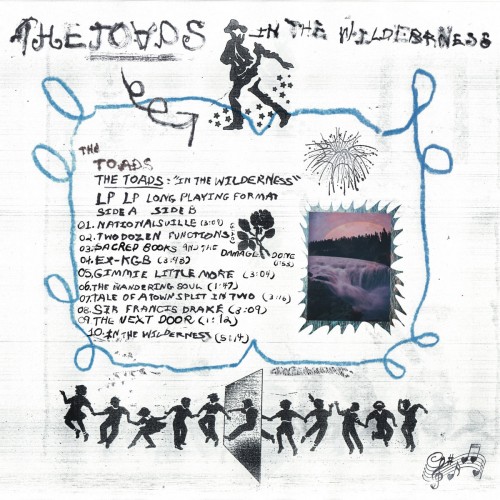 If there’s a defining quality to modern life – and hence to contemporary music – it’s perhaps hybridism. Everything which has come before has never been as accessible as it is now, and like those innumerable monkeys who’ve been toiling away at recreating the works of Shakespeare, humanity seems to be intent on taking the sum of its knowledge and slotting it together again and again in an endless recombinant game of mix and match, searching for the bits which work well together before slipping them into the box tagged “OK” before doing it all again.
If there’s a defining quality to modern life – and hence to contemporary music – it’s perhaps hybridism. Everything which has come before has never been as accessible as it is now, and like those innumerable monkeys who’ve been toiling away at recreating the works of Shakespeare, humanity seems to be intent on taking the sum of its knowledge and slotting it together again and again in an endless recombinant game of mix and match, searching for the bits which work well together before slipping them into the box tagged “OK” before doing it all again.
That Mari Kvien Brunvoll sings not only in Norwegian but in her native Molde dialect could be regarded as a barrier to understanding, but nothing could be further from the truth here. In a world where English is the default standard, the urge for establishing a strand of discrete identity within the recombinant DNA which unfolds and recurves endlessly across the globe is as strong as that which encourages the magpie tendency in artists of every sort in the first place; or at least, that’s how it seems on Building Instrument, at least.
The album itself swoons and sways, its nomadic folk music straying far and wide while remaining somehow of a place and time. Like, say, Animal Collective before them, Building Instrument sound at once of the countryside and of the city, urban as an electric piano and as rural as the massed wood and wire instruments or the thwack and strum of sparse percussion. Brunvoll’s voice stays the right side of pixie-like, and to non-Nordic ears her often lilting tones are enhanced by their incomprehensibility to non-native ears, becoming instead another instrument among many — but the one which retains the most obviously human aspect. When she ululates or emotes wordlessly however, then the understanding is at once clearer and more abstract, and whatever language or absence thereof Brunvoll sings in, she has a fine voice which she knows how to deploy well.Likewise, Øyvind Hegg-Lunde and Åsmund Weltzien combine their percussion and synths respectively with Brunvoll’s zither, sampler and sundry other playthings to create music which weaves intricate tapesties of interlocking instrumentation. It’s all delivered with gusto and an obvious relish for the slightly eerie variety of modern folk music the trio produce together; and album of surprises and occasional delights.
-Linus Tossio-



